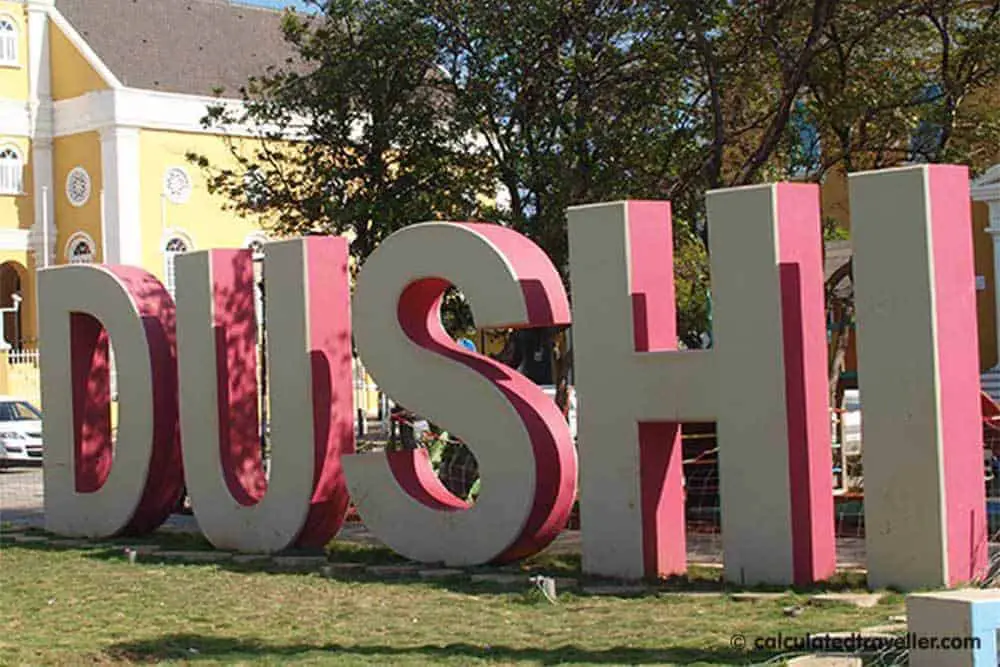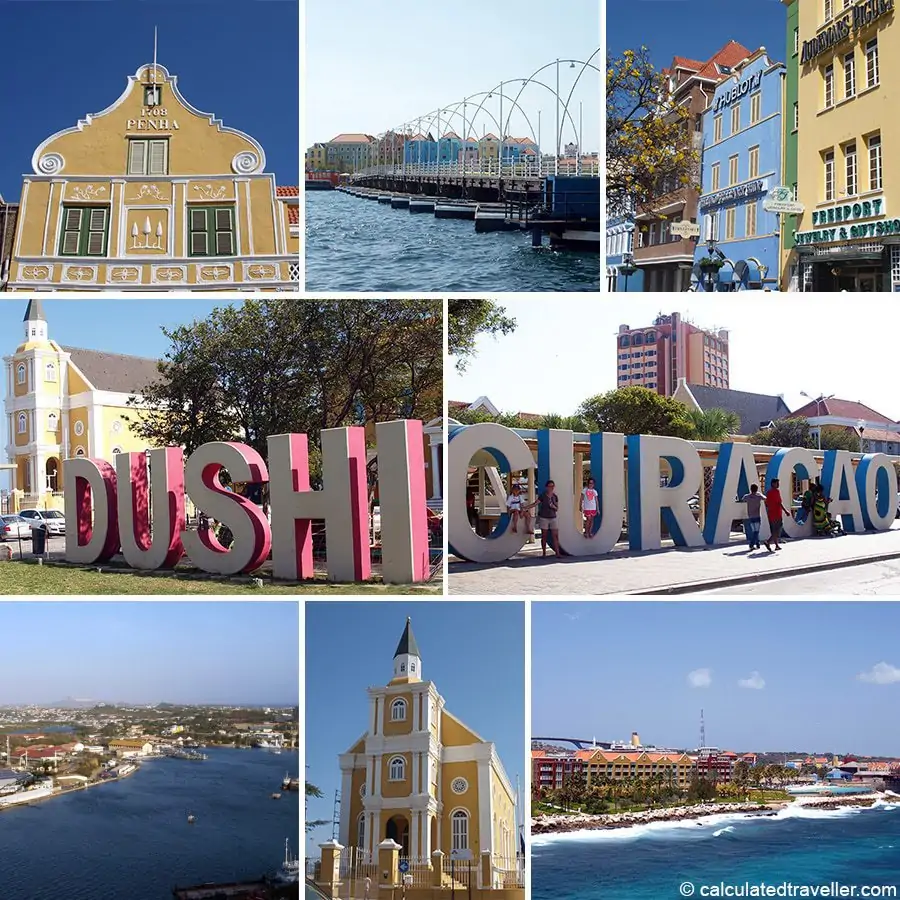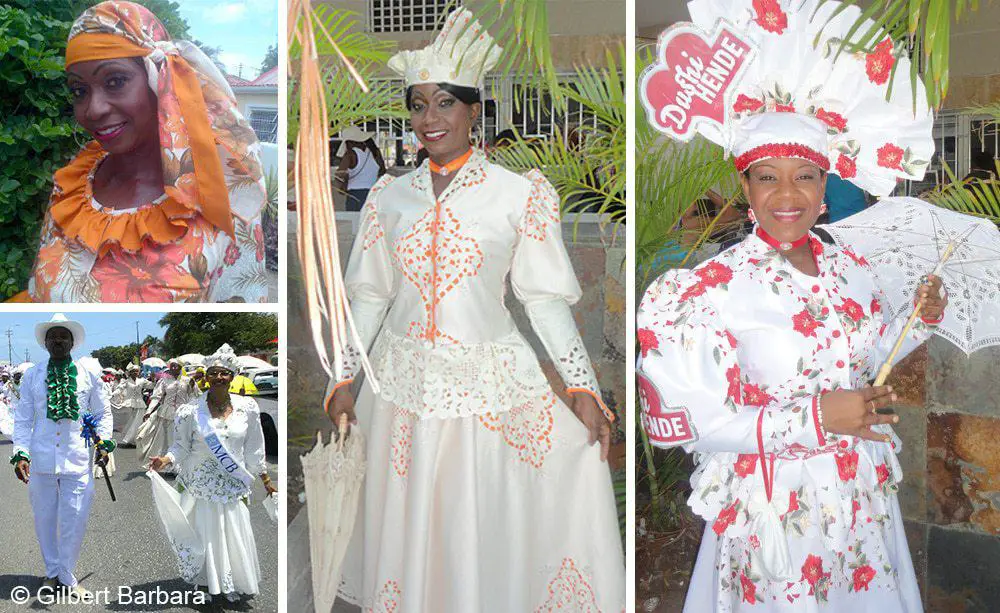What does Dushi mean in Curacao?
In the island of Curacao, you may hear (or even see) the local Papiamentu expression “Dushi”. But what is the definition of “dushi” in English? As explained by my guide Charla of the Curacao Tourist Board, “Dushi has a lot of meanings…but it mostly means sweet, nice or good”.
After visiting Curacao, I can attest that the phrase perfectly fits this beautiful island.
I was only in Curacao for 1 day on a Princess Cruises port stop. Most tourists to Curacao, Charla explained, either visit by cruise ship or they are predominantly European travellers with lots of vacation time. “To experience and absorb the real lifestyle of Curacao you need to stay 2+ weeks”.
With such a very short window of time for our visit, we quickly set out to explore the island of Curacao and discover the meaning of “Dushi” for ourselves.
The Island of Curacao has History
The Dutch colony of Curacao, discovered in 1499, is located in the Southern Caribbean, just a short 60 miles north of Venezuela. As a result, you will see Arawak, French, Dutch, Spanish, West Indian, Portuguese, and African influences throughout the island – in language, food, religion and architecture. Approximately 80% of Curacao is Roman Catholic, but there is also a large Jewish Settlement (Scharloo) dating back to the 1650s that continues today.
Willemstad, a UNESCO World Heritage Site and home to 16 museums, is the capital of Curacao and where most of the action is. Separated into two portions – the Punda and the Otrobanda “other side” – by St. Anna Bay.
The Punda is the start of town and where you will see most of the tourists shopping and eating along the water’s edge. Otrobanda on the other hand is where most of the residents live. It’s quite the contrast and if you want to see what it’s like being a local take a stroll through the streets of Otrobanda and feel like you belong.
You can walk back and forth between Punda and Otrobanda via the Queen Emma Bridge.
The Queen Emma Bridge, called the “swinging old lady” by locals, is a wooden pontoon bridge originally built in 1888 and restored in 2005/2006. Charla told me with a giggle that it is free to cross now but originally there was a fee of 1/2 a cent to walk across the bridge if you were wearing shoes, but it was free if you had no shoes on (people caught on very quickly).
As I was walking across the wooden bridge (with my shoes on) I could feel a slight bobbing motion and the slight sway of the bridge as it floats over the water. If you are crossing when it is windy, or the water is rough, it’s as if you are drunk, and I can well imagine this because even in calm waters I found it difficult to walk in a straight line.
The 167 meter (548 feet) long bridge opens and moves to the side about 30 times per day to allow for ships to enter the harbour. When the bridge is open, free ferries called “ponchi” are set into operation to accommodate people who wish to cross from one side to the other.
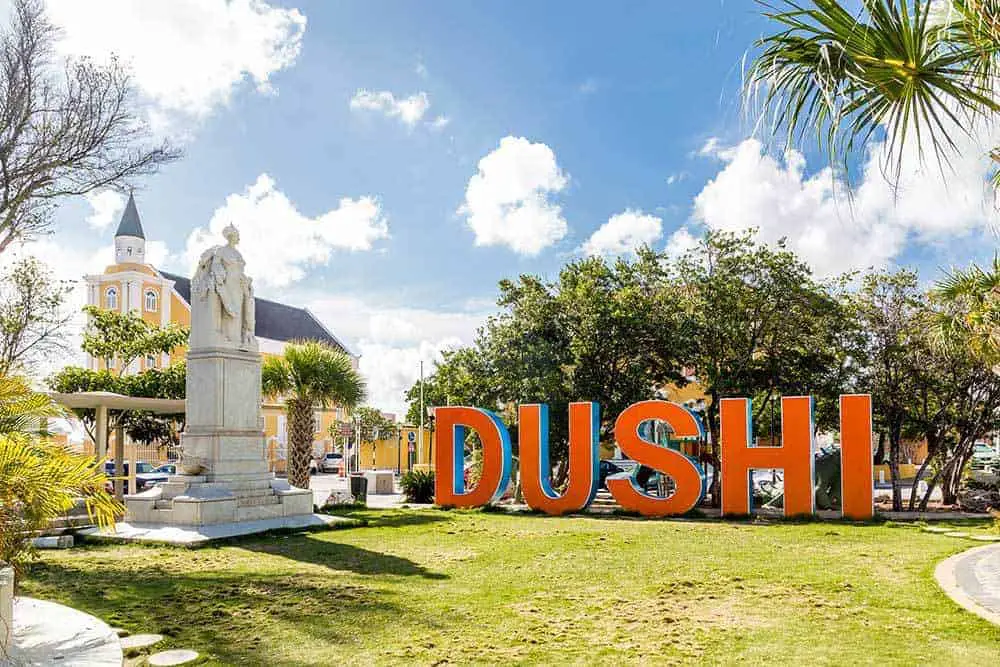
Dushi Curacao – More than meets the eye
It is worth mentioning that even though St. Anna Bay looks narrow, it is very deep. It’s misleading when you are standing on the Queen Emma Bridge, and you look inland towards the 56 meters (185 feet) high Queen Juliana Bridge. But if you follow it further it opens up into a vast, deep shipping port area with container ships and dry docks.
Curacao played an essential part in WWII because of its hidden harbour and resources. Curacao, unlike other islands in the Caribbean, is more than just sunshine, beaches and tourists. There is a considerable industry in Curacao with an oil refinery, salt mines and shipping all due in part to this deep harbour.
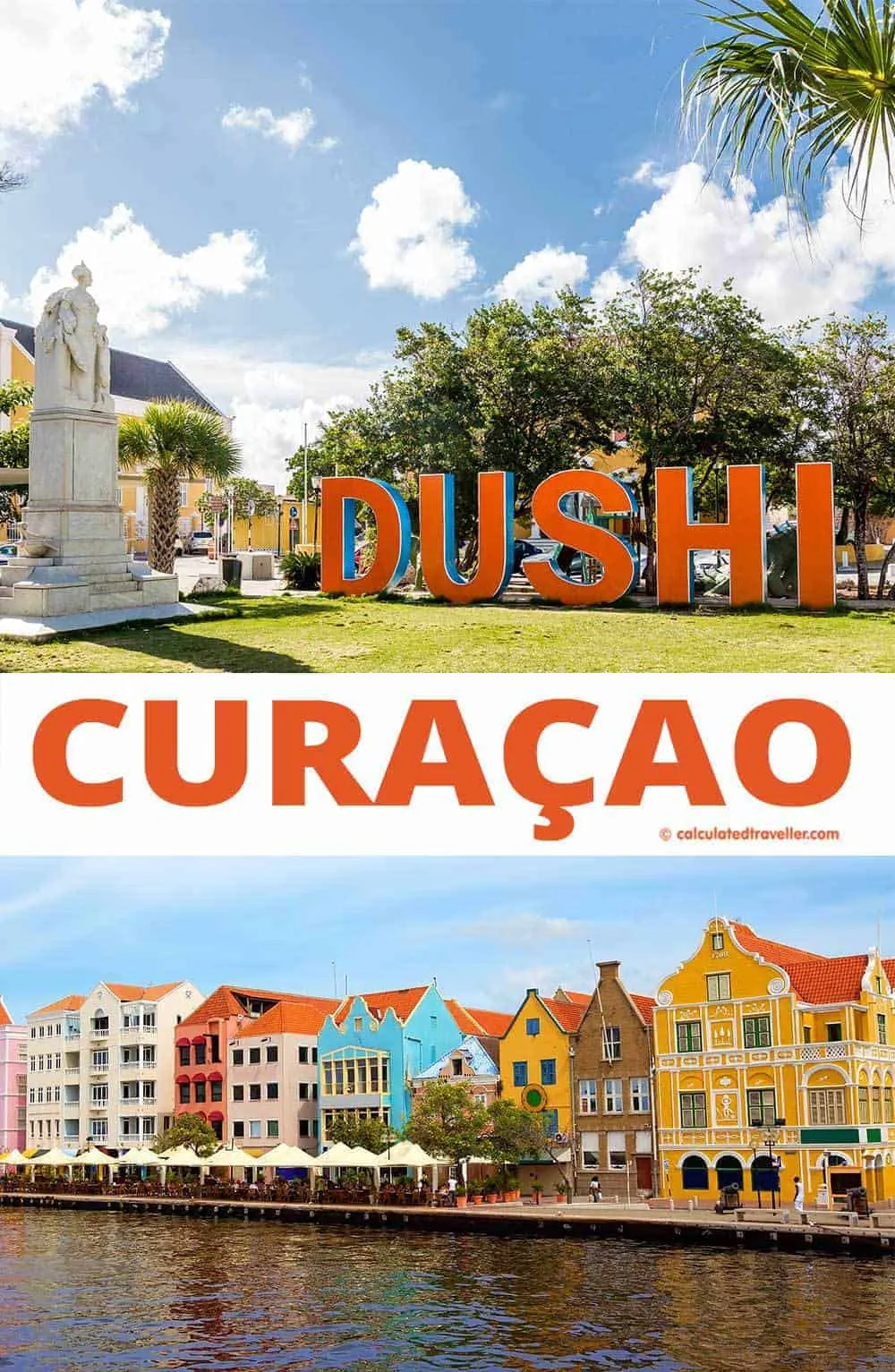
Streets of Curacao with all the Colours of the Rainbow
When first arriving in Willemstad you will instantly notice the very colourful, brightly painted houses and buildings throughout all the streets. Curacao is one of the most photographed islands in the world due to these exact buildings, and I have to say, the picturesque streets look just as they do in the photos and postcards! No photoshop filters required to enhance these bright colours.
So, the story goes.
The walls of the buildings were initially made from sea stone and mortar. Over time salt started to leech out of the stone walls giving the exterior walls a white chalk appearance (also known as efflorescence). The Governor of Curacao at the time felt that the bright sun reflecting off the white buildings hurt his eyes and gave him headaches, so he declared that all buildings be painted in a colour other than white. It was later discovered (after he left office) that he was part-owner of the local paint factory!
Today, for uniformity and easy identification, all official government buildings in Curacao use the same shade of yellow for their exterior walls.
What makes Curacao Dushi? It’s the people you meet…
Charla shared some personal photos that she had just taken a few days prior to our visit of her dressed in Curacao traditional clothing.
It was Easter week, and Curacao had just celebrated their annual Seu Folklore Parade that marks the beginning of the month-long Harvest Festival. The parade takes place in Willemstad on the first Monday after Easter and is celebrated with offerings, dancing in the streets, traditional folklore costumes, songs and musical instruments.
The Seu Folklore Parade is a tradition and is steeped in meaning as it reflects back to Curacao’s history as an African slave trade harbour. The dancing (called ‘wapa’) and music (‘seu’) are meant to symbolise the swaying motion of the slave workers as they carry their large baskets of fruit and vegetables through the fields to the warehouses.
It’s this rich cultural history of the people, their welcoming nature, and the stories like the ones that Charla shared with me that makes a place unique.
It draws you in and wraps you in a warm hug and makes you laugh and smile and feel like you belong – if only for a short while.
The local people coupled with the perfect year-long weather, the sunshine and the beautiful surroundings are what makes Curacao truly Dushi.
Oh, how I wish I had more time to spend here…
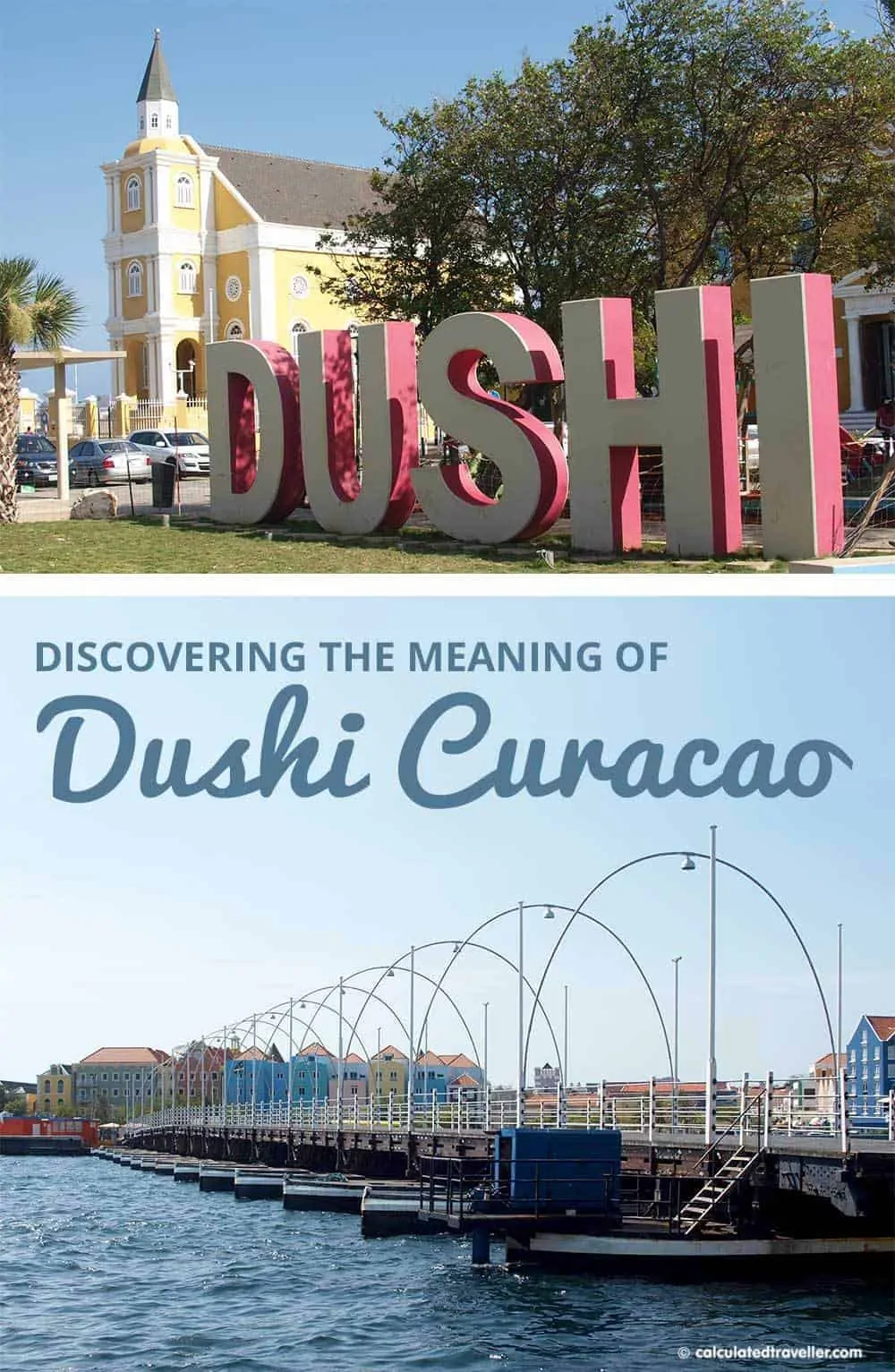
Read more of my tour of Curacao as I visit the floating market and the beaches of Curacao…
– Part 2: Curacao Beaches – Sun, Surf and Sand
– Part 3: Curacao – Restaurants with a View
– Part 4: An Itinerary for Touring Curacao in One Day
Looking for more in the Caribbean?
– Holland America Line Half Moon Cay Private Island Escape
– Our Favourite Beach Spot in Aruba – Malmok Beach
– Sailing the “Venice of America” Aboard Fort Lauderdale Water Taxi
My tour of Curacao was generously provided by the Curacao Tourist Board. My opinions are my own.

